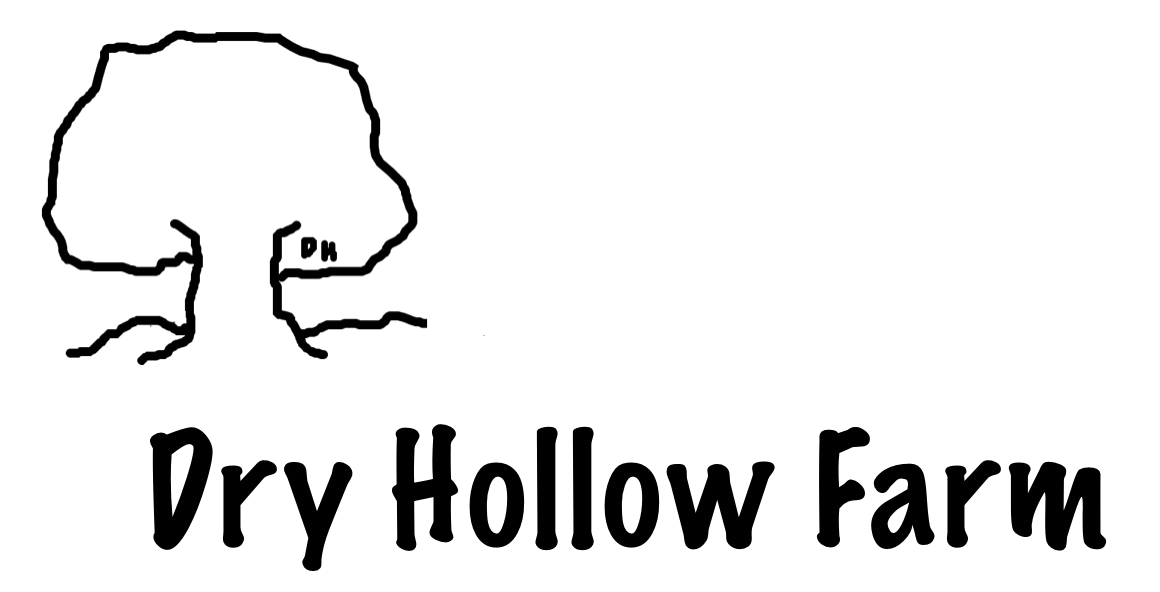Trimming of the Hoofs
Every two to three months, we schedule hoof trimming for the herd.
Multiply our head of goats by four, and it’s easy to understand why this is not our favorite farm task! Nor theirs …
Somehow the days set aside for clipping hoofs always seem to dawn sultry hot so we are dripping sweat while trimming away, brutally cold so our fingers are numb with the cold, or raining which means lots of caked mud. Or maybe it just seems that way because we find something more fun to do on pleasant, nice-weather days!
Keeping clean and neat feet is an important part of goat health. Overgrown hoofs, hoof rot, or damaged feet can interfere with a goat’s ability (or desire) to wander a pasture for grazing, stay upright for rumination and proper digestion, or even mating (especially for the buck). When you lift a goat’s foot, your nose will immediately tell you if something is wrong. Regular trimming is the best prevention against disease and rot.
Unfortunately, you can explain all of this to your goats every single time you prepare for hoof trimming, and they are still scared half to death throughout the process and will respond accordingly. After a decade of hoof trimming, we have experienced just about every injury possible. Even as I type this morning, a large bruise covers the top of my right hand from this past weekend’s trimming session.
Below you will find a (partial, I’m sure) list of hoof-trimming dangers!
#1 Goats are clairvoyant and can read our minds. Any other day we can walk into the pasture and they will run toward us, expecting a treat or a scratch around the ears. However, on this particular day, they will take one look at you standing behind the barn and run for the woods. Trying to catch them will only bring sprained ankles and twisted back muscles (as well as immense amusement for whoever happens to be watching at the time).
#2 Catching goats for hoof-trimming or vaccinations requires a fair degree of subterfuge. We trick them with special treats, then grab them one-by-one. Goats can jump, bust their heads against you (some with horns, some without - either way, they have extremely hard skulls), flip over backwards, and scream loud enough to wake the dead. We have learned the hard way to keep our face averted when catching each critter.
#3 Goats have tremendous kicking power in those skinny legs. We have trimmed hoofs while standing on the ground, or while holding them in a seated position, or while pushing against a barn wall, or (most commonly) while held in place on a milking stand with a bucket of grain to occupy them. As soon as I pick up a leg (and yes, there are four to trim!), they begin to kick. I’ve had my hands slammed into fences, milking stand supports, and barn walls more times than I can count. All without letting go. Eventually they will calm and hold the leg still, but it’s a process requiring patience and acceptance of pain.
#4 Hoof trimmers are extremely sharp. Not only must the blades be kept sharp, the tips of the blades are also sharpened to help with removal of debris from the hoof crevices. It is impossible to count the times I have jabbed my hands and fingers with the trimmers when a sweet, little goat chose to kick her leg at an inopportune time.
#5 I am also in danger of a good head-butting if I am trimming hoofs in pasture. It’s the funniest thing … A goat will fight being caught, having each leg held tight for trimming, and remaining still for the entire process. However, as soon as we finish, the goats will crowd us and gather around while we are working on our next victim. We don’t know if its curiosity, commiseration, or the sense they are missing out on something that brings the goats back. No matter the reason, we are likely to get banged up again from all of their close attention!
As you may guess, hoof trimming is not our favorite farm chore, but it is one of our most important because a goat’s life is lived on its feet!
Dr. Kathryn Bush owns and operates Dry Hollow Farm, a working goat and sheep farm in Huntingdon, Tennessee. Together with her husband, Russell, she creates skincare products from their fresh goat milk, grows organic herbs, welcomes visitors to their two cabins on the farm (available for stays through Airbnb), keeps the farm’s on-site soap shop stocked with their handcrafted products, and enjoys working the farm in company with their Great Pyrenees dogs (who work hard guarding the animals). Check out their natural products featuring farm-grown ingredients here, and sign up for the Dry Hollow Farm newsletter to stay in touch and be the first to hear about farm news, events, and new products.
